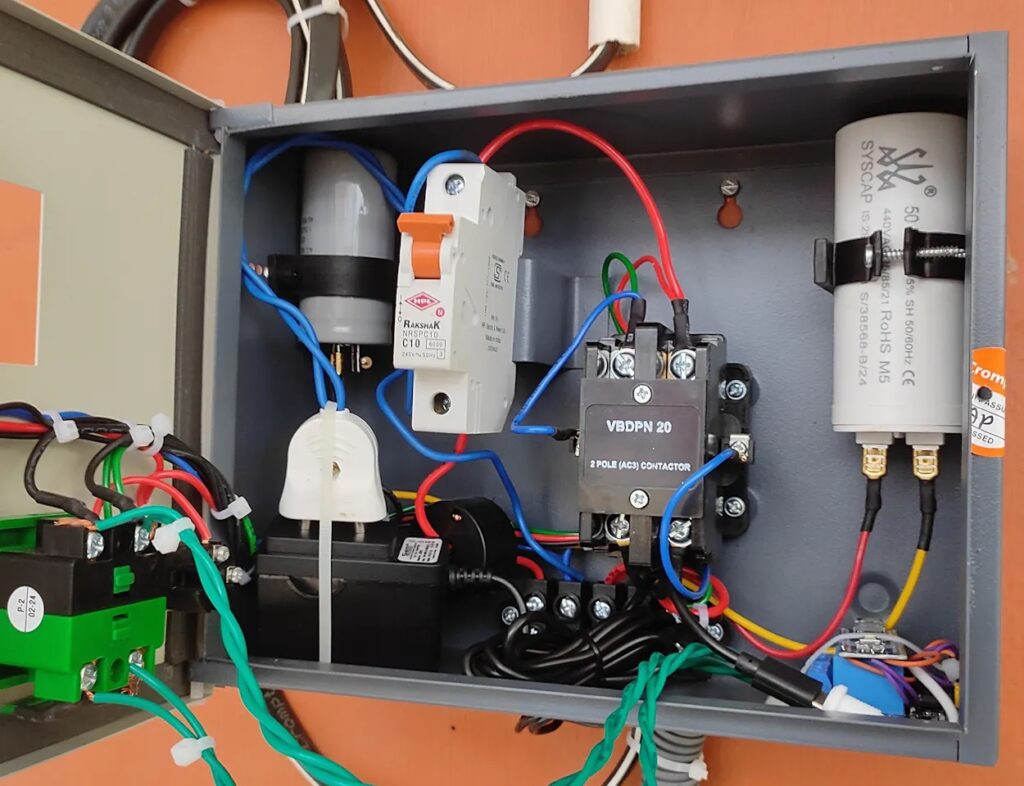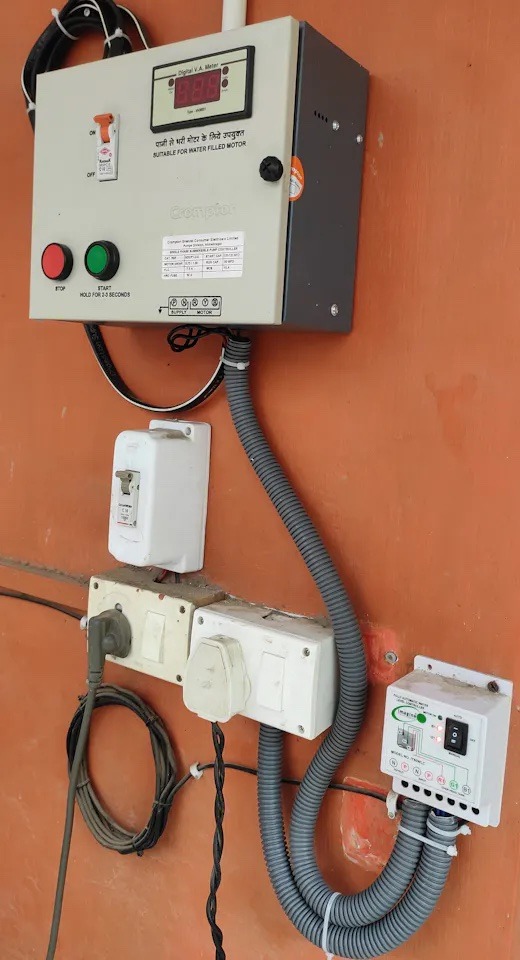
It might surprise our urban-dwelling readers, but wells are still very common in rural areas where it is difficult or prohibitively expensive to run utilities. The CDC reports that more than 15 million households rely on groundwater and wells — and that’s just in the United States. But few people haul up old wooden buckets of water, which is electric pumps come in. Vishal Roy developed a DIY controller perfect for submersible groundwater pumps.
Roy previously had a centrifugal pump to pull up groundwater and fill a holding tank, but that pump was failing. Because it needed replacement anyway, Roy decided to go ahead and switch to a submersible pump that would likely be more reliable. But the submersible pump he purchased came with a manual control panel, which would introduce a new chore. That motivated Roy to build this Arduino-based controller that automatically runs the submersible pump to fill the holding tank whenever the level drops below a set point.
The holding tank has a conventional water level sensor system consisting of three exposed wires acting as capacitive sensors at different heights. This sensor design isn’t precise, but it is inexpensive and reliable, and precision isn’t important for this task, anyway.

The pump itself has a large electric motor that requires a startup sequence that first charges up a starting capacitor. Roy was able to replicate that using the Arduino Nano, which connects the two starting circuits using a Seeed Studio relay module. When the Arduino detects the water below a threshold in the holding tank, it toggles the relays to start the pump motor. Once enough water fills the tank to reach the highest sensor, the Arduino turns the motor back off.
Now Roy has a reliable way to automatically keep the holding tank full of water.
